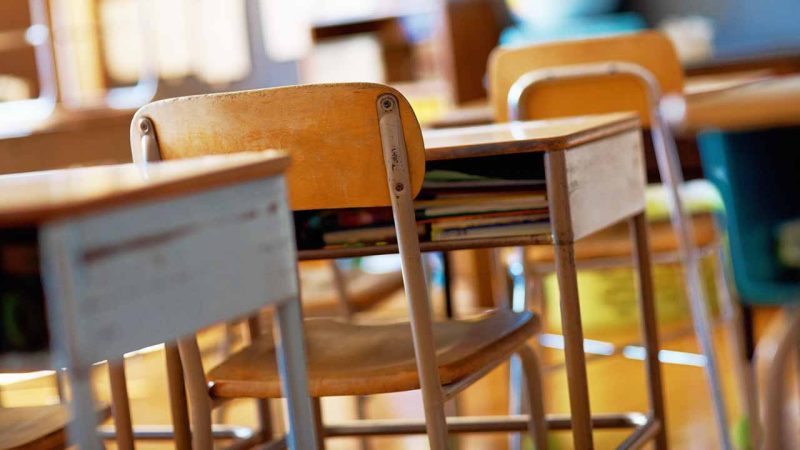HONOLULU (KHON2) — This summer, 17 Hawaii students will be heading to the nationwide NASA TechRise Student Challenge “to turn their proposed science and technology experiment into reality.”
Students from Mid-Pacific Institute’s International Baccalaureate Design Technology class will head to the Armstrong Flight Research Center in Edwards, California to complete the challenge.
The challenge will allow students to further educate themselves on the elements of space exploration, Earth observation, coding, electronics and more to gain an even deeper understanding of payload design and the suborbital flight test process.
Prior to being chosen as the only Hawaii school to participate, the team submitted a student-written proposal discussing ways to sustainably package produce and fresh foods to send into space.
According to Mid-Pac, the students’ ultimate goal is to reduce the carbon footprint of plastic food packaging.
Congratulations to these hard-working students who leveraged their passion for discovery, technology and problem solving into an amazing, life-changing opportunity to design and build an experiment to test on a NASA-sponsored high-altitude balloon flight. Working with the empowering hands-on and deeper-learning strategies as the foundation for their design-build experiment, we’re so proud of our faculty and students for not only what they have achieved, but also what they have learned from the design-build process and the experiment.
Dr. Paul Turnbull, Mic-Pacfic Institude President
The experiments will be tested on a four-hour high-altitude balloon ride that will expose them to elements ground-based testing cannot replicate such as high-altitude radiation, the stratosphere’s unique thermal environment and more.
Reports said Mid-Pac will compete with 59 other winning teams from schools nationally.
Each team will receive $1,500 to build their experiment, a flight box, and an assigned spot on either a NASA-sponsored rocket-powdered lander or a high-altitude balloon flight.
The teams are expected to complete their experiment by May 16 before the summer launch.
